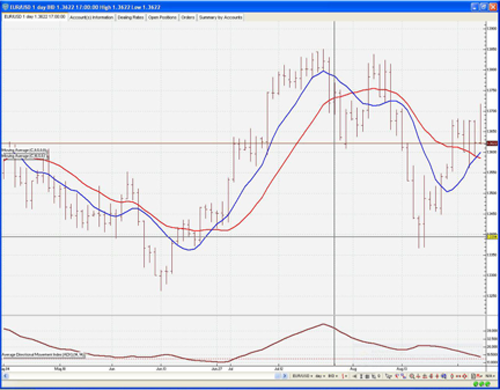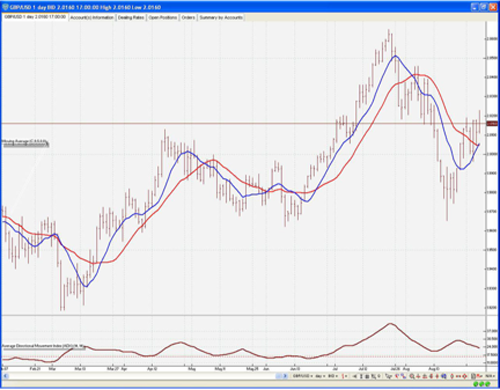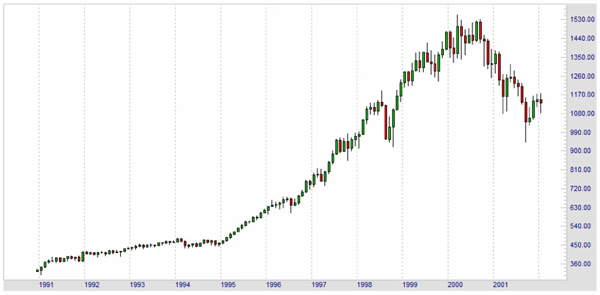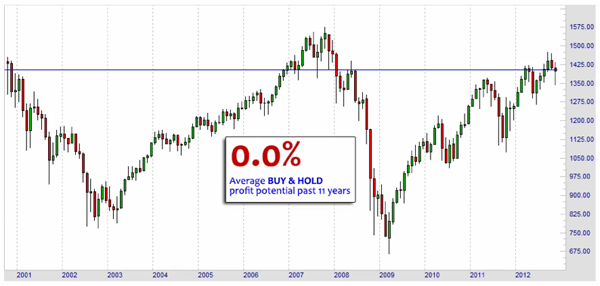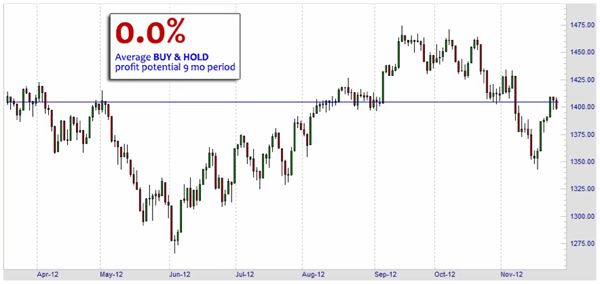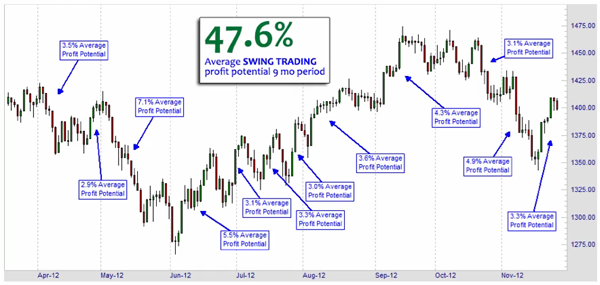The more complex a trading system is, generally speaking, the more confusing it is to understand, the harder it is to follow, and the more difficult it is to implement. For starters, let’s talk about simplifying. This can apply to many areas of life; however, it is a critical element to having a successful trading plan.
Let’s start with trading strategies. Don’t make your trading strategy too complicated. This may sound obvious, but many beginning, and even very experienced, traders tend to make their job as a trader more difficult than it needs to be. One common error in trading is the idea that we need to have some fancy, complicated strategy with some wild combination of indicators and crazy settings to have a successful strategy to trade. This could not be further from the truth; in fact, as you speak to successful traders, they will often times tell you that they started with many indicators on their charts and now only use very few, if any. Some of the more successful traders will look more at price action than indicators to trade. This does not mean you should not use indicators, just that you need to use them only if they are going to help simplify your trading process. Simpler is almost always better, especially when trading. So many of the indicators give similar information that using too many will make charts complicated and just confuse the trading opportunities. Using a few simple indicators to confirm the price action is generally much better and simpler. For example, a couple of moving averages can be used to help confirm the trend and momentum, along with support and resistance level derived from the price action (highs and lows). Looking for too many signals may only lead to lower probability trades and worse overall results. So make sure that your trading strategy is simple enough to implement in most market conditions.
In addition to using more complicated indicators than are necessary, also avoid the temptation to trade too many positions (or too many pairs in forex) and too many time frames. Trying to trade the 5-minute charts, the 1-hour charts and the daily charts may have you chasing to many trades in too many securities to successfully manage. This often leads to poor decisions and bad trading discipline. Again, the most successful strategies are simple to understand and implement. In addition to a simple trading strategy and simple rules, simple, clear risk management rules are essential to a good trading plan. Never trade larger sizes than appropriate for your trading account. For example, keep a simple rule such as never risk more than 2% per trade, based on a hard stop loss order, no more than 10% of your total account at any one time, and limiting you’re trading to no more than 5 trades at a time.
The best way to get good at trading is to focus on practicing your system and avoid the temptation to always be looking for a better system. Start by picking what you want to trade, use just a couple of indicators, and pick just a couple of time frames to use.
In summary, keeping it simple is actually the smartest way to trade – keep your trading system simple, your charts simple, your entry and exits simple, and, most important, keep you risk management rules simple!
